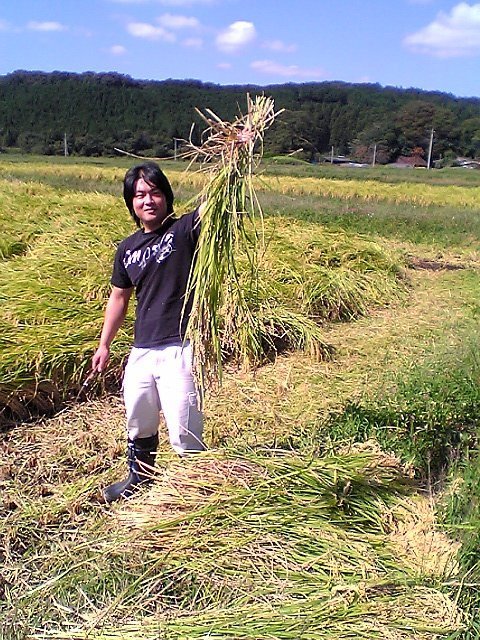
Learning About Sake

Brief history of Sake.
Sake has been part of Japan’s cultural heritage for at least 2,000 years; production pre-dates written history so the exact date of origin is unknown. Chinese records indicate that sake production many have taken place as early as 4800 B.C. when individuals would chew rice and nuts (the saliva initiating fermentation), spit them into a communal tub, and then store the tub away for a period of time to complete the alcoholic fermentation process. Not aesthetically attractive by today’s standards, but eventually Koji mold was discovered to create a healthier rice starter for fermentation and its use ultimately spread across Japan. During the Nara Period (710 – 794) sake brewing was under the control of the Imperial Palace of Nara where the Monks spent centuries studying and refining the brewing process. It is their work that forms the foundation for today’s modern sake.
Historic and cultural significance of Sake in Japan.
Japan reveres sake and all that it represents. Sake is not just another alcoholic beverage to be casually consumed in a bar but a link to Japan’s spiritual past, very often a local brew with the attendant emotional connections. In the distant past it was used primarily by Shinto Priests as an offering to the Gods. Over the centuries sake’s role in society expanded from the Temples to the Emperor’s Court, to the Shogunate, Samurai and finally to the merchant and business classes. Today sake competes for attention with a dizzying array of international alcoholic beverages from Champagne to Scotch Whiskey to Chardonnay and craft beers. Despite the intense competition, sake remains the favorite beverage of many Japanese seniors and a new exciting re-discovery for the next generation.
Sake as beverage category around the world.
Although sake is among the most mis-understood of alcoholic beverages, (is it rice wine; is it distilled?) consumers from around the world are flocking to sake as a “new discovery” to be shared and appreciated. Exports of high-quality handmade Ginjo Grade sake now span the globe with more and more breweries seeking to develop export markets every year. Perceived as pure, mild, easy-to-drink and lower in alcohol than distilled spirits, sake has been adopted by wine, spirits and beer drinkers as a new, alternative, food-friendly beverage.









